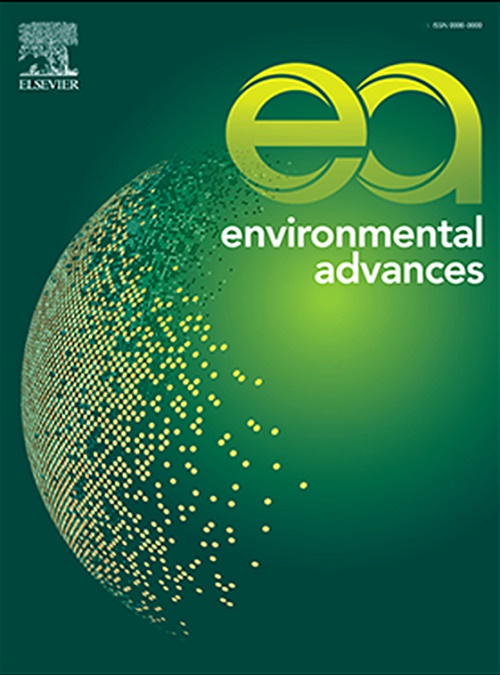Integrated spatial analysis of drought risk factors using agglomerative hierarchical clustering and correlation
Q2 Environmental Science
引用次数: 0
Abstract
Drought results from the complex interplay between climatic variability and human activities, further intensified by hydro-meteorological and socio-economic interactions. This study investigates the interrelationships among climatic, geographic, soil, and anthropogenic factors influencing drought risk in the Upper Phetchaburi River Basin. Ten key drought risk factors—precipitation, aridity index, slope, elevation, soil texture, drainage, fertility, erosion, land use, and land cover—were spatially analyzed using Agglomerative Hierarchical Clustering and Pearson Product-Moment Correlation. The analysis revealed both direct and inverse relationships among these variables, underscoring the compounded effects of climate, land use, and soil dynamics on drought vulnerability. A particularly strong correlation between climatic and anthropogenic variables suggests a spatial-temporal alignment that intensifies drought conditions. Additional significant correlations—including precipitation–aridity index, aridity index–land use, and slope–soil fertility—further emphasize the integrated nature of environmental processes regulating drought susceptibility. Clustering analysis identified three distinct groups: (1) precipitation, aridity index, and soil erosion, illustrating how reductions in precipitation and aridity index accelerate soil degradation; (2) soil properties—texture, drainage, and fertility—are crucial in highlighting their roles in water retention, nutrient availability, and vegetation resilience, particularly in slope terrain; and (3) elevation, land use, and land cover, demonstrating the combined effects of topography and anthropogenic activities on drought dynamics. These findings underscore the urgent need for sustainable land management, targeted ecosystem restoration, and climate-adaptive policies to mitigate drought risks. By elucidating localized drought drivers within broader environmental contexts, this study offers a transferable framework for informing proactive, cross-disciplinary drought mitigation strategies.
基于集聚层次聚类和相关的干旱风险因素综合空间分析
干旱是气候变率和人类活动之间复杂的相互作用的结果,水文气象和社会经济的相互作用进一步加剧了这种相互作用。研究了影响上碧差武里河流域干旱风险的气候、地理、土壤和人为因素之间的相互关系。利用聚类分层聚类和Pearson积矩相关技术对降水、干旱指数、坡度、高程、土壤质地、排水、肥力、侵蚀、土地利用和土地覆盖等10个关键干旱风险因子进行了空间分析。分析揭示了这些变量之间的直接和反向关系,强调了气候、土地利用和土壤动态对干旱脆弱性的复合影响。气候变量和人为变量之间特别强的相关性表明,时空排列加剧了干旱条件。其他重要的相关性——包括降水-干旱指数、干旱指数-土地利用和斜坡-土壤肥力——进一步强调了调节干旱易感性的环境过程的综合性质。聚类分析确定了三个不同的类群:(1)降水、干旱指数和土壤侵蚀,说明降水和干旱指数的减少如何加速土壤退化;(2)土壤性质——质地、排水和肥力——在突出其在保水、养分有效性和植被恢复力方面的作用方面至关重要,特别是在斜坡地形中;(3)高程、土地利用和土地覆盖,显示地形和人为活动对干旱动态的综合影响。这些发现强调了迫切需要可持续的土地管理、有针对性的生态系统恢复和气候适应政策来减轻干旱风险。通过在更广泛的环境背景下阐明局部干旱驱动因素,本研究提供了一个可转移的框架,为主动、跨学科的干旱缓解战略提供信息。
本文章由计算机程序翻译,如有差异,请以英文原文为准。
求助全文
约1分钟内获得全文
求助全文
来源期刊

Environmental Advances
Environmental Science-Environmental Science (miscellaneous)
CiteScore
7.30
自引率
0.00%
发文量
165
审稿时长
12 weeks
期刊介绍:
 求助内容:
求助内容: 应助结果提醒方式:
应助结果提醒方式:


